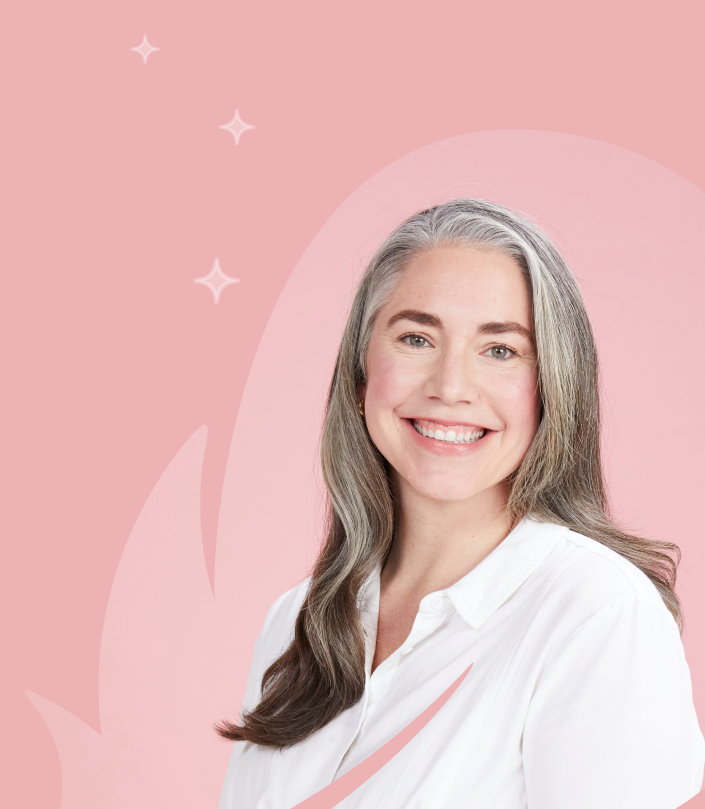Knowing when you might ovulate can help you understand your body better. But can you use it to prevent pregnancy? Here, a Flo expert outlines everything you need to know about the fertility awareness method.
-
Tracking cycle
-
Getting pregnant
-
Pregnancy
-
Help Center
-
Flo for Partners
-
Anonymous Mode
-
Flo app reviews
-
Flo Premium New
-
Secret Chats New
-
Symptom Checker New
-
Your cycle
-
Health 360°
-
Getting pregnant
-
Pregnancy
-
Being a mom
-
LGBTQ+
-
Quizzes
-
Ovulation calculator
-
hCG calculator
-
Pregnancy test calculator
-
Menstrual cycle calculator
-
Period calculator
-
Implantation calculator
-
Pregnancy weeks to months calculator
-
Pregnancy due date calculator
-
IVF and FET due date calculator
-
Due date calculator by ultrasound
-
Medical Affairs
-
Science & Research
-
Pass It On Project New
-
Privacy Portal
-
Press Center
-
Flo Accuracy
-
Careers
-
Contact Us
Is there a best time to have sex to avoid pregnancy?


Every piece of content at Flo Health adheres to the highest editorial standards for language, style, and medical accuracy. To learn what we do to deliver the best health and lifestyle insights to you, check out our content review principles.
The movies would have us believe that you can get pregnant at any point in the month, but did you know there’s actually a small window in your cycle when you’re most likely to get pregnant? Knowing when this is can be helpful whether you’re trying to conceive or not. In fact, some people time when they have sex in order to avoid pregnancy. This is known as the fertility awareness method. This might work for you if you want to avoid some of the side effects of hormonal birth control.
However, it’s worth remembering that cycles can fluctuate, so even if you’re giving the fertility awareness method a try, you should still use another contraceptive method alongside it, like condoms.
Here’s everything you need to know about the best time to have sex to avoid pregnancy, how effective the fertility awareness method is, and how you can understand your cycle and body better.
Key takeaways: Is there a best time to have sex to avoid pregnancy?
- Avoiding pregnancy by tracking your cycle and only having sex on certain days is called the fertility awareness method.
- The most fertile part of your cycle is around ovulation — the five days before and one day afterward. This is known as your fertile window. People who use the fertility awareness method avoid having unprotected sex on these days.
- It’s typical for your cycle to fluctuate from month to month. You might ovulate on slightly different days. This can make it really difficult to predict your exact fertile window and makes the fertility awareness method unreliable when used as a contraceptive method by itself.
- If you have sex during your period, it’s unlikely — though not impossible — that you’ll get pregnant.
- Sperm can survive for up to five days in your body, and an egg can survive for up to 24 hours after it’s been released during ovulation. This means the five days before and the day after ovulation is when you’re most likely to get pregnant.
- Understanding when ovulation could occur can help you to understand your fertile window, whether you’re trying to get pregnant or not.
- You can better understand the signs of ovulation by using an app like Flo, measuring your basal body temperature (BBT), tracking your vaginal discharge, and using an ovulation prediction kit.
Take a quiz
Find out what you can do with our Health Assistant
When is it safest for someone to have sex and avoid getting pregnant?
So, let’s get straight to it. While there are points in your cycle when you’re most likely to conceive, there’s always a chance you might get pregnant if you’re having sex without using any form of contraception. If you don’t want to have a baby, then it’s really important that you use birth control. There are lots of choices out there, so don’t be afraid to do your research and talk to your doctor about the best option for you.
There are points in your cycle when you’re less likely to conceive. To understand this better, it’s handy to break your menstrual cycle down into two phases: the follicular phase and the luteal phase. Your follicular phase starts on the first day of a new period and lasts up to the point in your cycle when one of your ovaries releases an egg. This is known as ovulation. After you’ve ovulated, you enter your luteal phase. Your hormones fluctuate at this point in your cycle, preparing your body for a potential pregnancy. If you don’t conceive, then a new period marks a new cycle beginning.
Ovulation marks the point in your cycle when you’re most likely to get pregnant. Your egg remains viable for up to 24 hours after it’s been released, and as sperm can live inside your body for up to five days, your fertile window is classed as the five days before you ovulate and one day afterward.

You can get a better understanding of when you might ovulate by using an app like Flo. However, it’s fairly common for the day that your body releases an egg to fluctuate slightly each cycle. This means it can be tricky to identify when it’s “safe” to have unprotected sex to avoid pregnancy. “There is not a truly fail-safe time to have unprotected sex and completely avoid getting pregnant,” says Dr. Jenna Flanagan, assistant professor of obstetrics and gynecology at the University of Utah, Utah, US.
Some people opt to use the fertility awareness method (monitoring when they might be ovulating to time sex to avoid pregnancy) to gain a better understanding of their cycle. However, using it as a form of birth control is risky. If you want to reliably prevent pregnancy, then you should use another form of birth control alongside it, like condoms.
If you want to understand more about your fertile days, you can use Flo’s ovulation-tracking app and ovulation calculator.
Can you get pregnant if you have unprotected sex during your period?
If you have unprotected sex during your period, then it’s very unlikely that you’ll get pregnant. However, it isn’t impossible. “There is always a chance pregnancy can occur when having unprotected sex during your cycle,” says Dr. Flanagan. There are two reasons for that. Firstly, as Dr. Flanagan points out, “Sperm live in the female genital tract for up to five days.” So, if you ovulate within five days of that sex, you could get pregnant.
Secondly, the bleeding that you assume is your period may not be your period at all. Lots of things can cause spotting and bleeding, including hormonal changes, ovulation spotting, sex, or infections. While tracking your period with an app like Flo can give you a good idea of when you might expect your next period, you shouldn’t rely on that as a form of birth control.
Ways to better understand when ovulation may occur
Knowing when ovulation might happen for you may help you better understand your fertile window. There are lots of ways you can do this, such as using an app like Flo and keeping an eye out for the physical signs of ovulation.
“Most of these methods identify the 24 to 48 hours around ovulation,” says Dr. Flanagan. “Technically, the fertile window is five days prior to ovulation as sperm can live for five days, then the day after ovulation.”
Tracking your cycle with Flo’s ovulation tracking app
Keeping track of when to expect your period and your cycle length can be tough. However, an ovulation-tracking app like Flo can do your cycle math for you. All you need to do is log your period dates for a couple of cycles, and an algorithm will predict your ovulation days for you.
With Flo, you can easily log these symptoms and learn more about why they happen, so you’ll become a pro at spotting your likely fertile window in no time! You can also log your basal body temperature (BBT) and ovulation test results, keeping all that important information in one place.
Measuring your basal body temperature
Basal body temperature (BBT) is your temperature when your body is completely at rest. When you ovulate, your BBT increases by 0.4ºF (0.22ºC) to 1ºF (0.56ºC). So, measuring your BBT every day — using a special thermometer with two decimal places — can help you learn when you tend to ovulate. If you’d like to understand how your BBT changes around ovulation, then it’s a good idea to take your temperature readings at the same time every day. As soon as you wake up is best.

Looking for changes in your vaginal discharge
Your vaginal discharge, or cervical mucus, doesn’t stay the same throughout your cycle. It changes texture and appearance as your hormones change. It might appear sticky immediately after your period and creamy later in the follicular phase. Then it changes to a slippery, egg white-like consistency during ovulation.
That thin, slippery texture of your ovulation discharge has a purpose. It’s a good consistency to help sperm reach your fallopian tubes. The egg white discharge usually lasts for about four days, signaling that it’s time to have unprotected sex if you’re trying. After ovulation, your discharge will become dry until you get your period a couple of weeks later.
Using an ovulation prediction kit (OPK)
Some people say they know what ovulation feels like, but ovulation predictor kits can take the guesswork out of this. OPKs confirm when you’re about to release an egg, and if you use them correctly, these tests can be up to 99% accurate.
Like home pregnancy tests, ovulation kits involve peeing on a stick to measure your hormone levels. They look for luteinizing hormone (LH), which is the hormone that makes your ovaries release an egg. LH surges 24 to 48 hours before you ovulate, so by detecting this surge, ovulation tests can tell you when it might be best to have conception sex.
To pick up the LH surge, you might need to keep testing for several days (the packs usually come with around five to seven sticks). As a general rule, you should start testing three to five days before you think you might ovulate.
Track your cycle to understand your fertile window
The fertility awareness method, when used without any other form of birth control, isn’t an effective way of preventing pregnancy. One study highlighted that with “typical” use, between 12 and 24 women in 100 became pregnant in the first year.
However, tracking your cycle can help you understand your body and symptoms better. You might do this by tracking your BBT or cervical mucus or using ovulation tests and a cycle tracker like Flo. You might also opt to use the fertility awareness method alongside another nonhormonal birth control option like condoms. This way, you can build your knowledge of your cycle while also preventing pregnancy much more effectively.
More frequently asked questions about the best time to have sex to avoid pregnancy
How many days after my period is it safe to avoid pregnancy?
There are no completely safe days. However, there are some points in your cycle when you’re most likely to conceive. The five days before one of your ovaries releases an egg and one day after is known as your fertile window. This is the time in your cycle when you’re most likely to conceive.
What are the safe days for not getting pregnant?
The safest days to have sex to avoid getting pregnant are during your period and the two weeks or so after ovulation has occurred (starting about 48 hours after ovulation). However, it’s important to note that cycles fluctuate, so no days are completely safe, and you should use another form of birth control if you don’t want to become pregnant.
What are the riskiest days for getting pregnant?
Sperm can survive in the uterus for five days, and then your fertile window is the 12 to 48 hours around which ovulation occurs. So the riskiest days for getting pregnant are the five days running up to ovulation and then the day after.
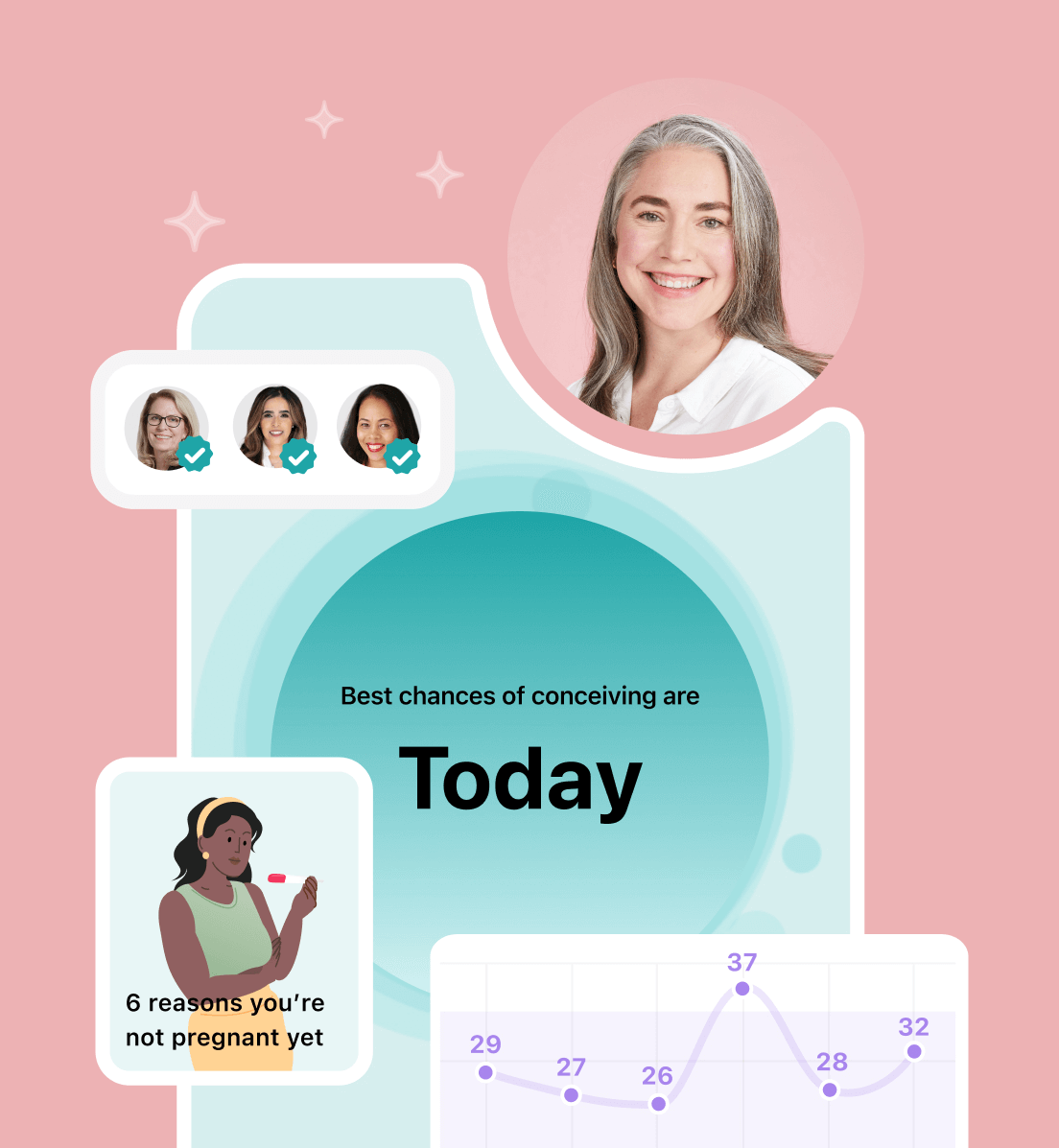
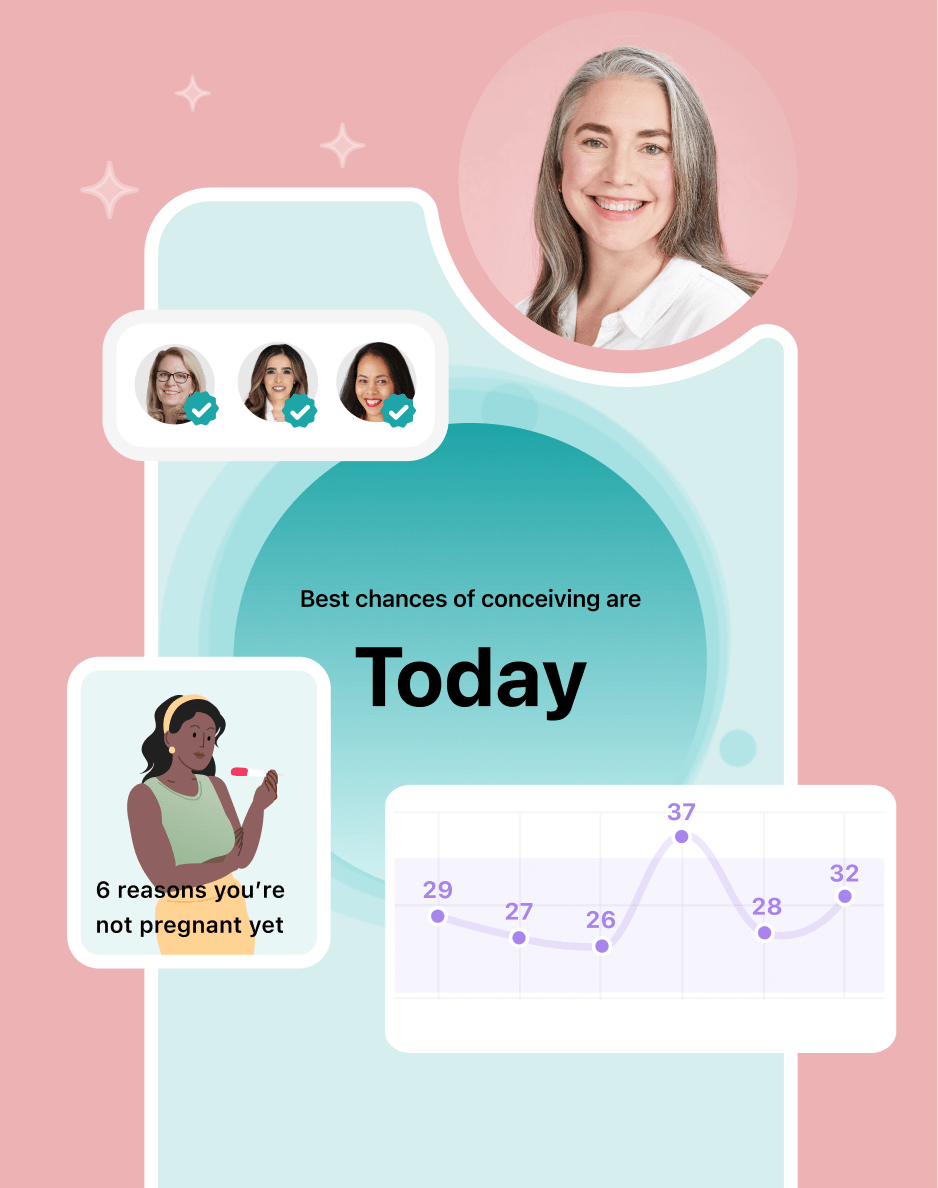
Hey, I'm Anique
I started using Flo app to track my period and ovulation because we wanted to have a baby.

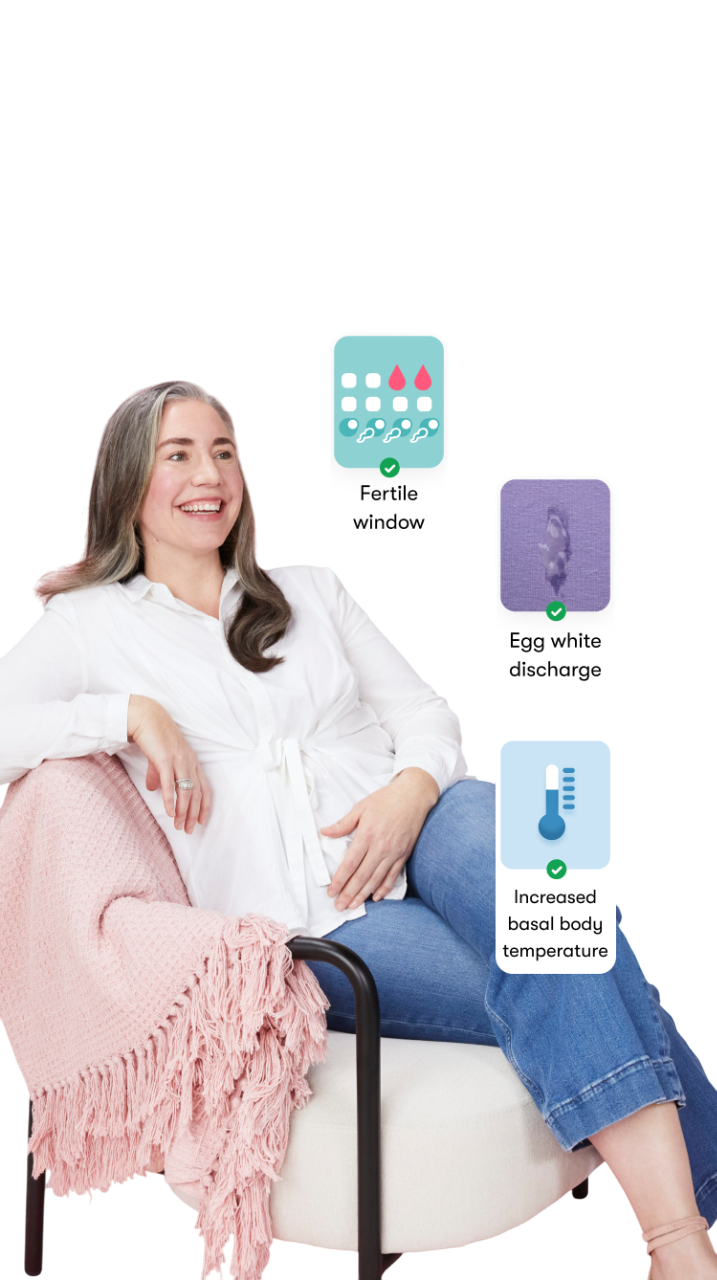
The Flo app helped me learn about my body and spot ovulation signs during our conception journey.
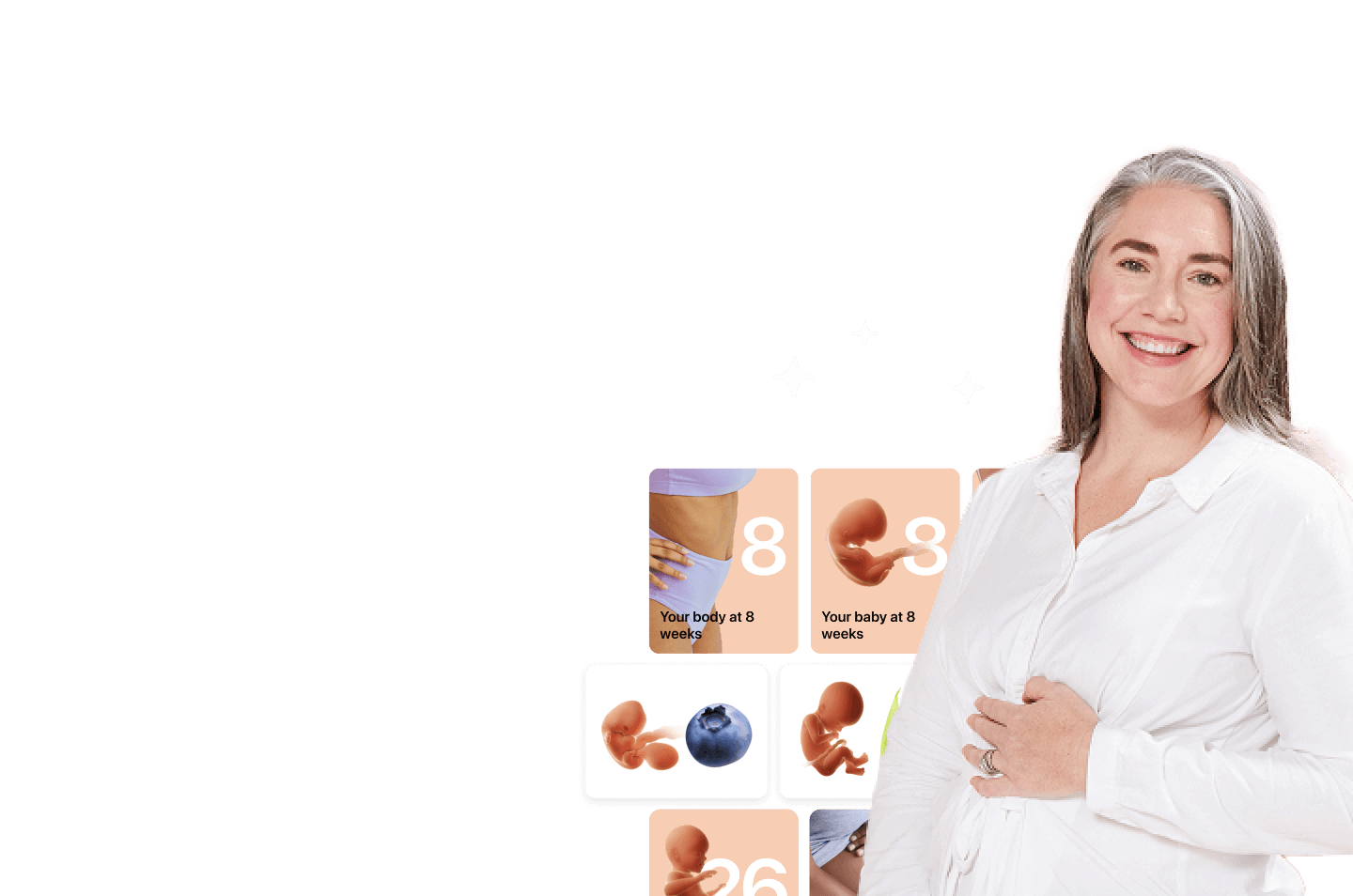

I vividly
remember the day
that we switched
Flo into
Pregnancy Mode — it was
such a special
moment.
Real stories, real results
Learn how the Flo app became an amazing cheerleader for us on our conception journey.
References
“Basal Body Temperature.” Cleveland Clinic, my.clevelandclinic.org/health/articles/21065-basal-body-temperature. Accessed 10 Mar. 2025.
“Basal Body Temperature for Natural Family Planning.” Mayo Clinic, 10 Feb. 2023, www.mayoclinic.org/tests-procedures/basal-body-temperature/about/pac-20393026.
“Birth Control Pills.” Cleveland Clinic, my.clevelandclinic.org/health/treatments/3977-birth-control-the-pill. Accessed 10 Mar. 2025.
“Cervical Mucus.” Cleveland Clinic, my.clevelandclinic.org/health/body/21957-cervical-mucus. Accessed 10 Mar. 2025.
“Fertility Awareness-Based Methods of Family Planning.” The American College of Obstetricians and Gynecologists, Jan. 2019, www.acog.org/womens-health/faqs/fertility-awareness-based-methods-of-family-planning.
“Luteal Phase.” Cleveland Clinic, my.clevelandclinic.org/health/articles/24417-luteal-phase. Accessed 10 Mar. 2025.
“Menstrual Cycle.” Cleveland Clinic, my.clevelandclinic.org/health/articles/10132-menstrual-cycle. Accessed 10 Mar. 2025.
“Periods and Fertility in the Menstrual Cycle.” NHS, www.nhs.uk/conditions/periods/fertility-in-the-menstrual-cycle/. Accessed 10 Mar. 2025.
“Ovulation.” Cleveland Clinic, my.clevelandclinic.org/health/articles/23439-ovulation. Accessed 10 Mar. 2025.
“Ovulation Home Test.” MedlinePlus, medlineplus.gov/ency/article/007062.htm. Accessed 10 Mar. 2025.
“Menstrual Cycle: What’s Normal, What’s Not.” Mayo Clinic, 22 Apr. 2023, www.mayoclinic.org/healthy-lifestyle/womens-health/in-depth/menstrual-cycle/art-20047186.
“Should You Use Ovulation Strips to Get Pregnant?” Cleveland Clinic, 13 May 2021, health.clevelandclinic.org/should-you-use-ovulation-strips-to-get-pregnant.
Gargollo, Patricio C. “How Long Do Sperm Live after Ejaculation?” Mayo Clinic, 5 May 2022, www.mayoclinic.org/healthy-lifestyle/getting-pregnant/expert-answers/pregnancy/faq-20058504.
Thiyagarajan, Dhanalakshmi K., et al. “Physiology, Menstrual Cycle.” StatPearls, StatPearls Publishing, 27 Sep. 2024, pubmed.ncbi.nlm.nih.gov/29763196/.
Witt, Barry. “Trying to Get Pregnant? Here’s When to Have Sex.” The American College of Obstetricians and Gynecologists, Aug. 2023, www.acog.org/womens-health/experts-and-stories/the-latest/trying-to-get-pregnant-heres-when-to-have-sex.



